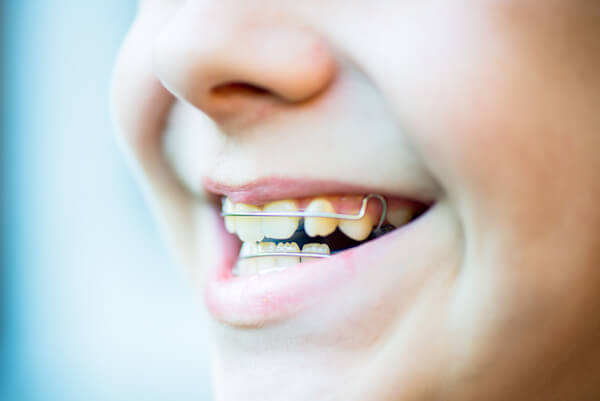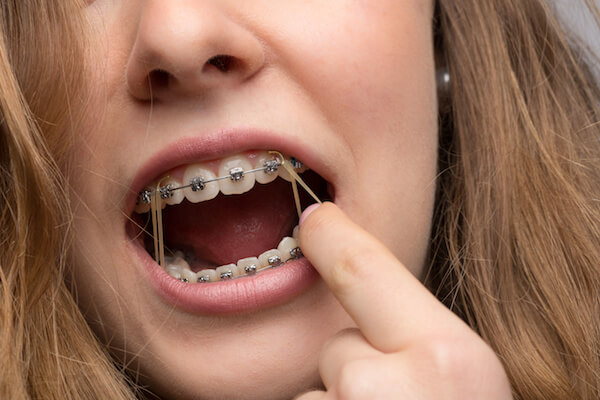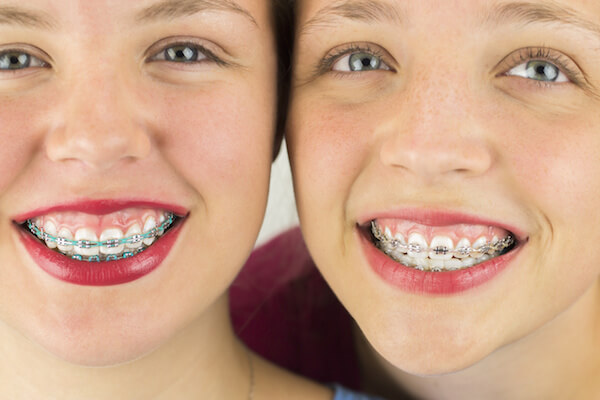What are TADs?

Over the years, many people with braces have had to wear uncomfortable and often embarrassing headgear. While this headgear performs an important job in moving your teeth by applying extra force, wearing headgear is cumbersome. The good news is that many patients can now use TADs instead of headgear.
TAD is an acronym that stands for Temporary Anchorage Device. These small, screw-like devices work like small anchors that help your braces apply enough force to move your teeth effectively. TADs are not new – they have been around for more than 35 years – but their use has become more common in the past decade or so.
Temporary anchorage devices offer a more attractive and comfortable alternative to those orthodontic appliances with external parts braced by the head, neck or chin, also known collectively as “headgear.” Unlike headgear that sits in front of your face to hold braces in place, TADs work behind the scenes to give you a more attractive smile. Most people will not even realize you are wearing TADs.
How Braces and TADs Work
Braces work by applying force to teeth in ways that make the teeth move to a new position on the jawline. Whenever possible, orthodontists use the patient’s back teeth as an anchor. In some cases, though, the back teeth do not work well enough as anchors to move the other teeth. In these cases, an orthodontist might recommend cumbersome headgear.
Moving teeth to a new location in your jaw is a little bit like moving a stick through deep sand. You apply force to the stick to move it through the sand. As the stick moves, sand moves to the side in front of the stick and fills up the empty space left behind by the stick.
The “sand” in orthodontics would be the bone cells and other cells of the ligament that attaches your teeth to the bone. Applied force from the wires and brackets of braces causes teeth to move, while the tissues move aside and reform behind the moving teeth.
To do its work, though, the force needs a fixed point on which to push. Going back to the stick comparison, imagine trying to move the stick while you float free in water. Instead of causing the stick to move through the sand, the force of pushing against one end of the stick would cause you to float around while the other end of the stick would remain in the same spot. If you plant your feet deep in the sand to use an anchor, however, you have enough force to push the stick through the sand.
About Placing TADs
Orthodontists place TADs directly into the bone between the roots of your teeth. The dental professionals may place the anchors on the lip side of your upper or lower jaw, or position the TADs in your palate. As the name implies, TADs are only temporary – your orthodontist will remove them once your teeth have moved to the desired position.
Everyone’s mouth is a little different. TADs allow orthodontists to place the anchor in the location that works best for each person, depending on the patients’ individual dental needs and cosmetic goals. It is a personalized procedure, so the location of your TADs may be different from someone else’s. The orthodontist will decide on the correct location by evaluating the amount of force required to move the teeth and determine the direction, or vector, the teeth should move.
You might be pleasantly surprised to learn that this procedure requires only a small amount of local anesthesia. Placing and removing TADS is a pain-free, minimally invasive procedure. Your orthodontist will numb the area, so you will feel only gentle pressure as the TADs device is inserted. The entire process usually takes just minutes to complete.
TADs require very little maintenance, so they are easy to take care of. To keep your TADs clean, just brush your teeth as normal.
Patients like TADs because they are comfortable and nearly invisible but orthodontists like temporary anchorage devices because TADs produce predictable results, even in the most serious or difficult orthodontic cases. TADs allow teeth to move more efficiently and comfortably
To learn more about TADs, talk with your Melbourne orthodontist, Dr. Valderrama. Call today to schedule a free consultation! 321-425-5050.










Let's Get Social